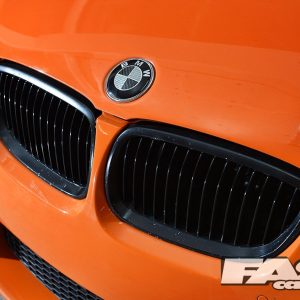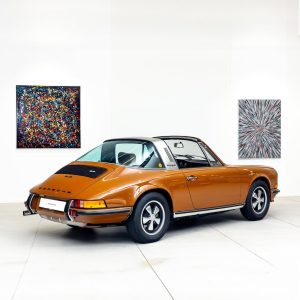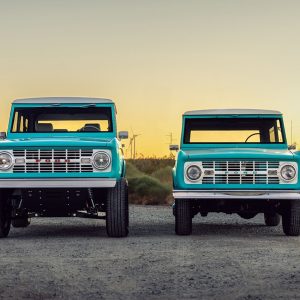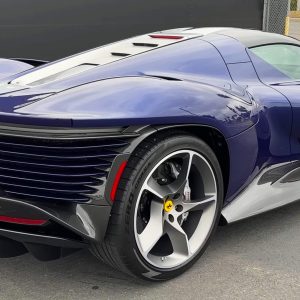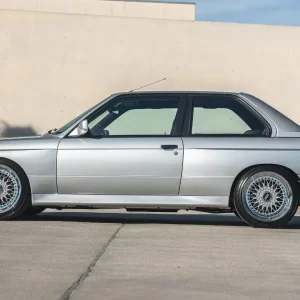Twelve years after the last Super Camaro left the legendary Don Yenko’s dealership, a new one emerged. Though not as outrageous as its predecessor, the Turbo Z was still an awesome high-performance Chevy that befitted the Yenko name.
Don Yenko was an avid car enthusiast and a competitive racing driver with two Sports Car Club of America (SCCA) national championships to his name.
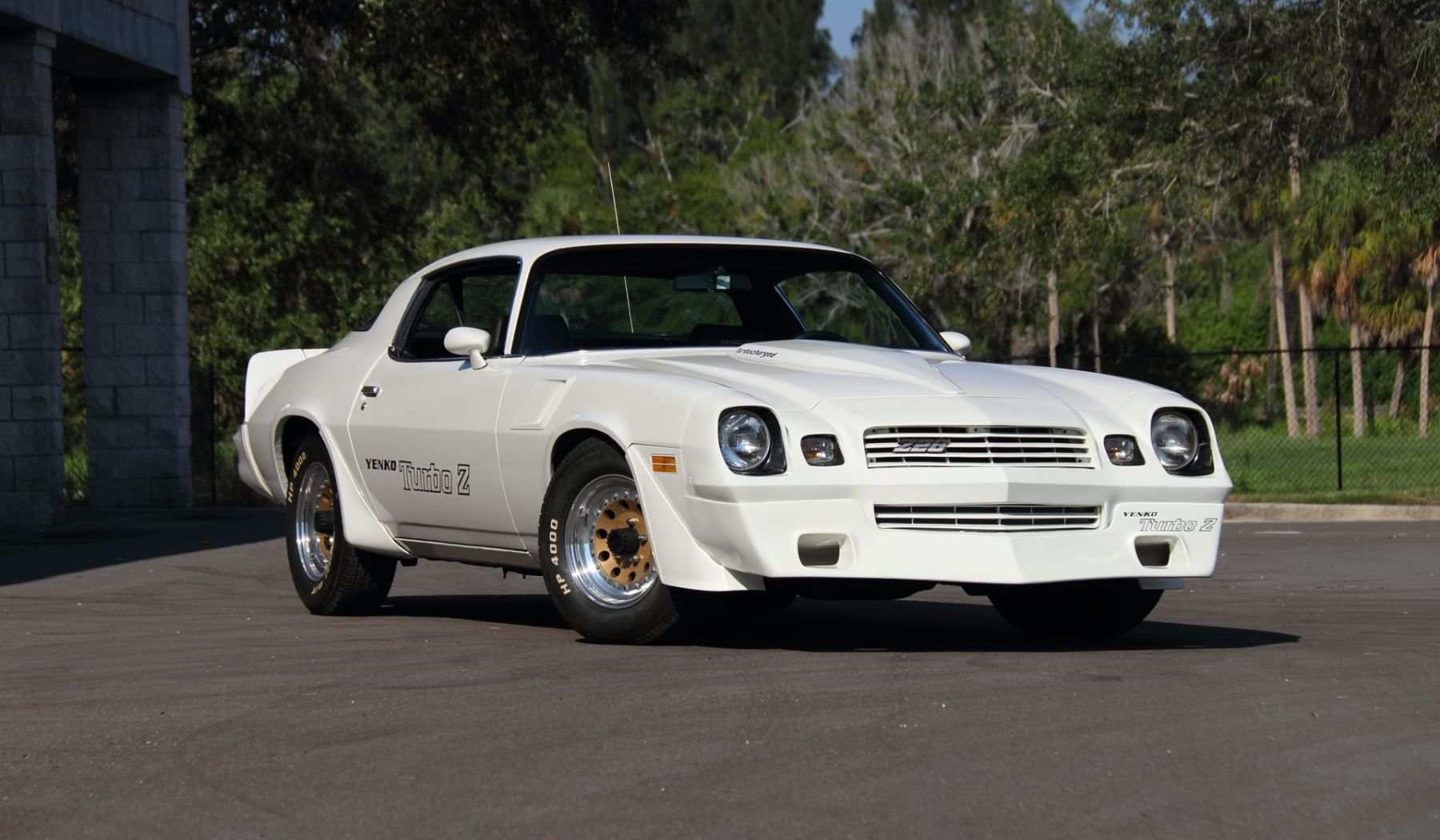
He was also the son of a well-known Pensylvania-based Chevy dealer, who, at the age of thirty, took the reigns of one of the family’s dealerships.
In less than a decade, the Yenko Chevrolet dealership in Canonsburg became one of the hotspots for Chevy performance enthusiasts nationwide, thanks to Don’s tunning wizardry.
After developing the Stinger, a Corvair Monza-based homologation special, Yenko and his crew went on to develop Novas, Chevelles, and, most notably, Camaros equipped with 427-ci (7.0-liter) L-72 big-block V8s.
The popular Yenko Super Camaro initially received an engine swap (and a fair bit of tunning) in the Yenko shop during the 1967 and 1968 model years.
In 1969, it was factory-built with the L-72 because of Don’s clever manipulation of the Central Office Production Order (COPO) system.
However, by 1970, the writing was on the wall for extreme performance muscle cars, and while the LT-1-equipped, Nova-based Yenko Deuce was still available for those who wanted a genuine Yenko Chevy, the Super Camaro was gone.
The era of turbocharging

Photo: Mecum
Unlike the first-generation Mustang, which went from being a gorgeous icon of the muscle car era to a Pinto-based econocar after a complete 1974 redesign, the second-generation Camaro, introduced in 1970, was still around a decade later.
However, in this new era of stringent emissions, fuel economy, and high insurance premiums, the once-fearsome high-performance versions were a thing of the past.
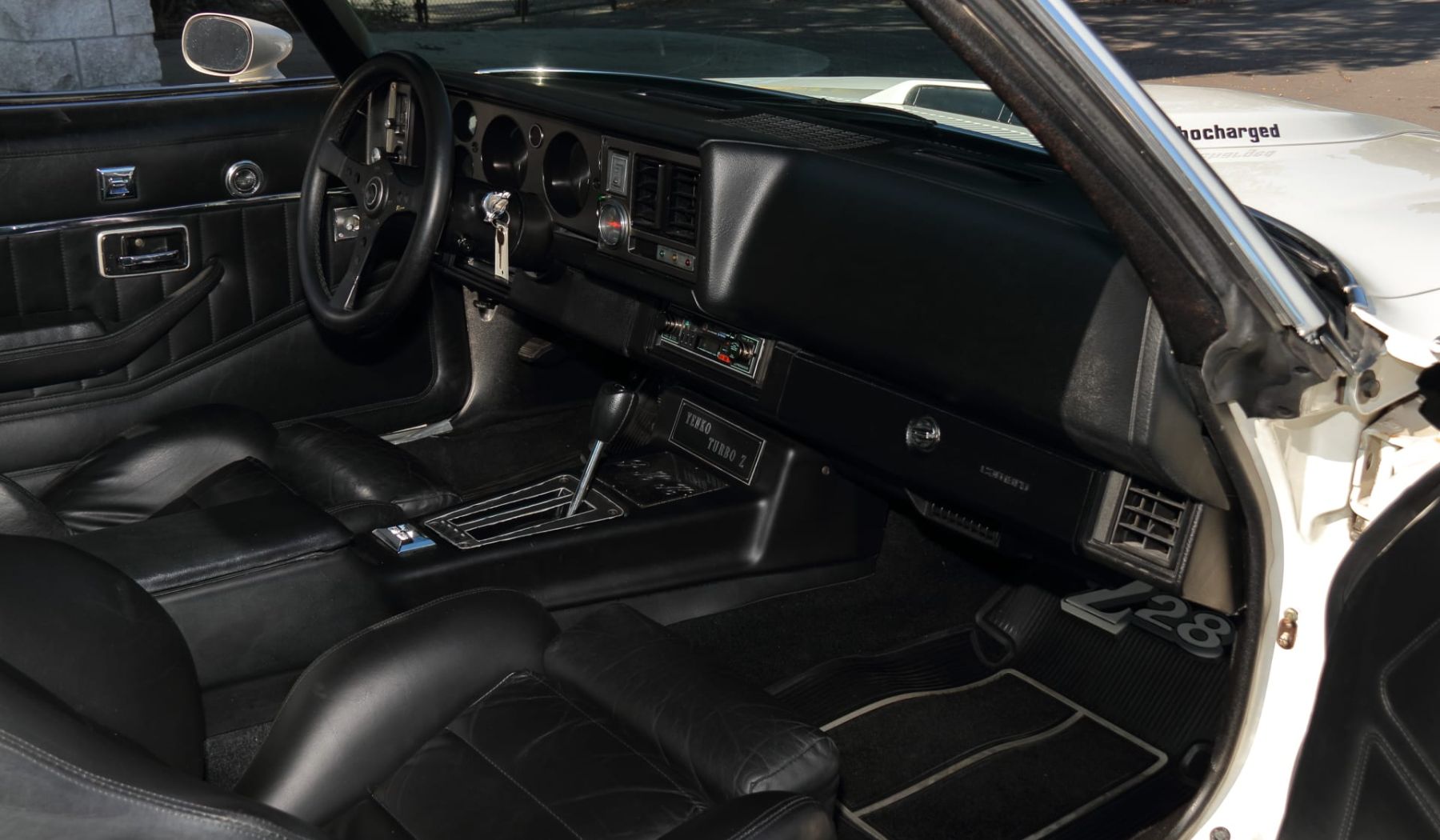
The only trace of performance in the Camaro lineup was the Z28. Though it was powered by the 350-ci (5.7-liter) LM-1 four-barrel small-block V8, the 190 net horses it made were far from impressive.
However, this was the start of turbocharging era. Over the pond, many carmakers began using turbos to gain more power without compromising emissions in their production cars. Even in the US, Chevy’s GM siblings, Pontiac, had begun employing turbos on the Firebird.
Back at Yenko Chevrolet, Don and his general manager, Kim Mason, saw the potential of the turbo and decided to develop a new high-performance Camaro.
The rebirth of the Yenko Camaro
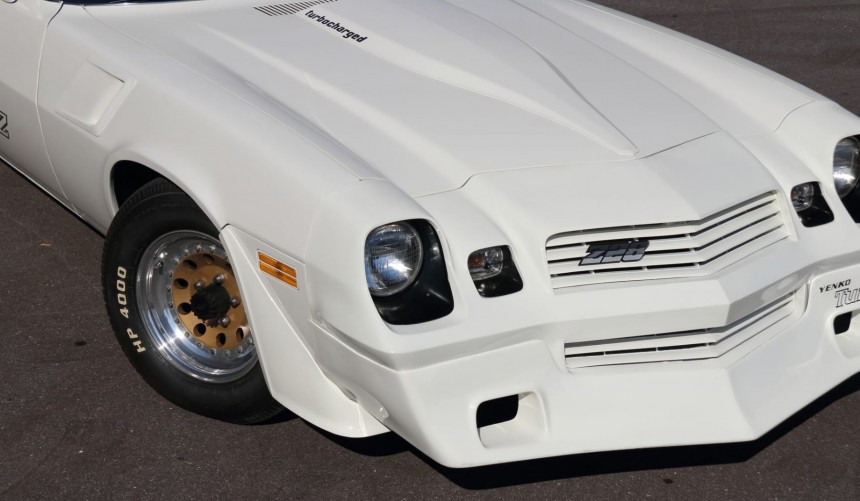
Photo: Mecum
Twelve years after the last Super Camaro was sold through the famous Pennsylvania dealership, The Yenko crew had a new high-performance Camaro ready to burn rubber.
Called Turbo Z, it was based on the 1981 Z28, the last performance-rented Camaro of the second generation.
Aesthetically, the Turbo Z was easily distinguishable from the stock Z28 thanks to its unique side decals and bespoke front air dam inspired by those used on the Camaro IROC race cars.
The new Yenko Camaro was available in an entry-level Stage I trim that added the engine modifications and above-mentioned aesthetic upgrades or a full-spec Stage II package that turned the Z28 into a full-blown Euro GT contender.
Equipped with the range-topping package, the car also received adjustable Koni shocks and Guldstrand polyurethane bushings, which resulted in crisper handling. Moreover, the Stage II also added Weld two-piece 15-inch wheels wrapped in Goodyear Wingfoot staggered radials, Kamp leather bucket seats, and a Racemark steering wheel.
Small-block V8 on steroids

Photo: Mecum
With no COPO system to use, Yenko took the stock 350-ci (5.7-liter) LM-1, which was now dropped to 175 hp, and gave it more power with a forced-induction kit developed by Turbo International.
Rudimentary by modern standards, the turbo system blew 7 psi (0.48 bar) of compressed air through the stock four-barrel carb. With further upgrades, including a Yenko-designed fuel heating system to prevent stumbling and a water injection system that controlled detonation, the kit dramatically improved output while allegedly keeping the engine emission compliant in all fifty states.
The Chevy dealer and tuner did not reveal the exact output of the Turbo Z’s beefed-up 350, but it was estimated that the figure stood around the 250 net hp mark.
What we do know for sure is that Hot Rod magazine put the Turbo Z to the test shortly after its introduction, managing to record a quarter-mile time of 14.51 seconds at 97.81 mph (157.4 kph).
Not only was that close to muscle car golden age levels, but also two full seconds faster than the stock Z28 over a quarter mile.
The rarest Yenko Camaro of them all

Photo: Mecum
Don Yenko planned to sell 200 Turbo Z Camaros, with prices ranging from $10,500 ($55,093 in 2024 money) for the Stage I and $17,300 ($61,491) for the Stage II.
However, the steep price, the concerns about the rudimentary turbo system, and, last but not least, the diminishing interest for a last-year, second-generation Camaro – when a redesigned model was just around the corner – made the Turbo Z a bust.
In the end, Yenko only managed to sell 19 Turbo Zs, of which only three were equipped with the Stage II package.
While the 1981 is still the rarest Yenko Camaro of them all, its value hasn’t skyrocketed these days. The pristine, low-mileage Stage II example featured in this article sold for a mere $66,000 at a Mecum auction earlier this year (2024). In contrast, a 1969 Yenko Super Camaro demands well over $200,000 these days.
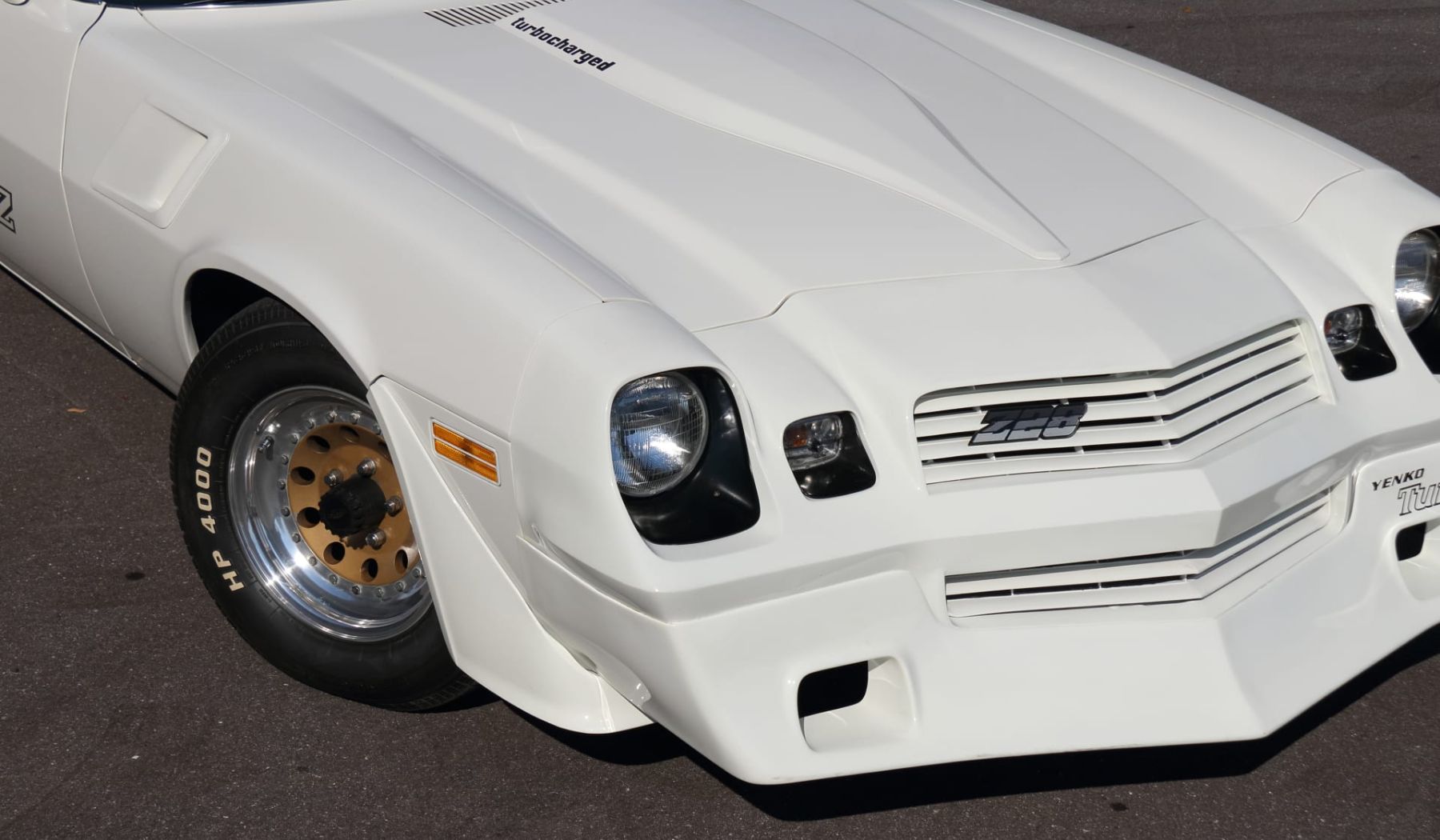
Even if it will never be as popular as its predecessors, the 1981 Turbo Z remains a genuine Yenko Camaro that signaled the return of true high performance during an era when it seemed extinct from the American automotive industry.
